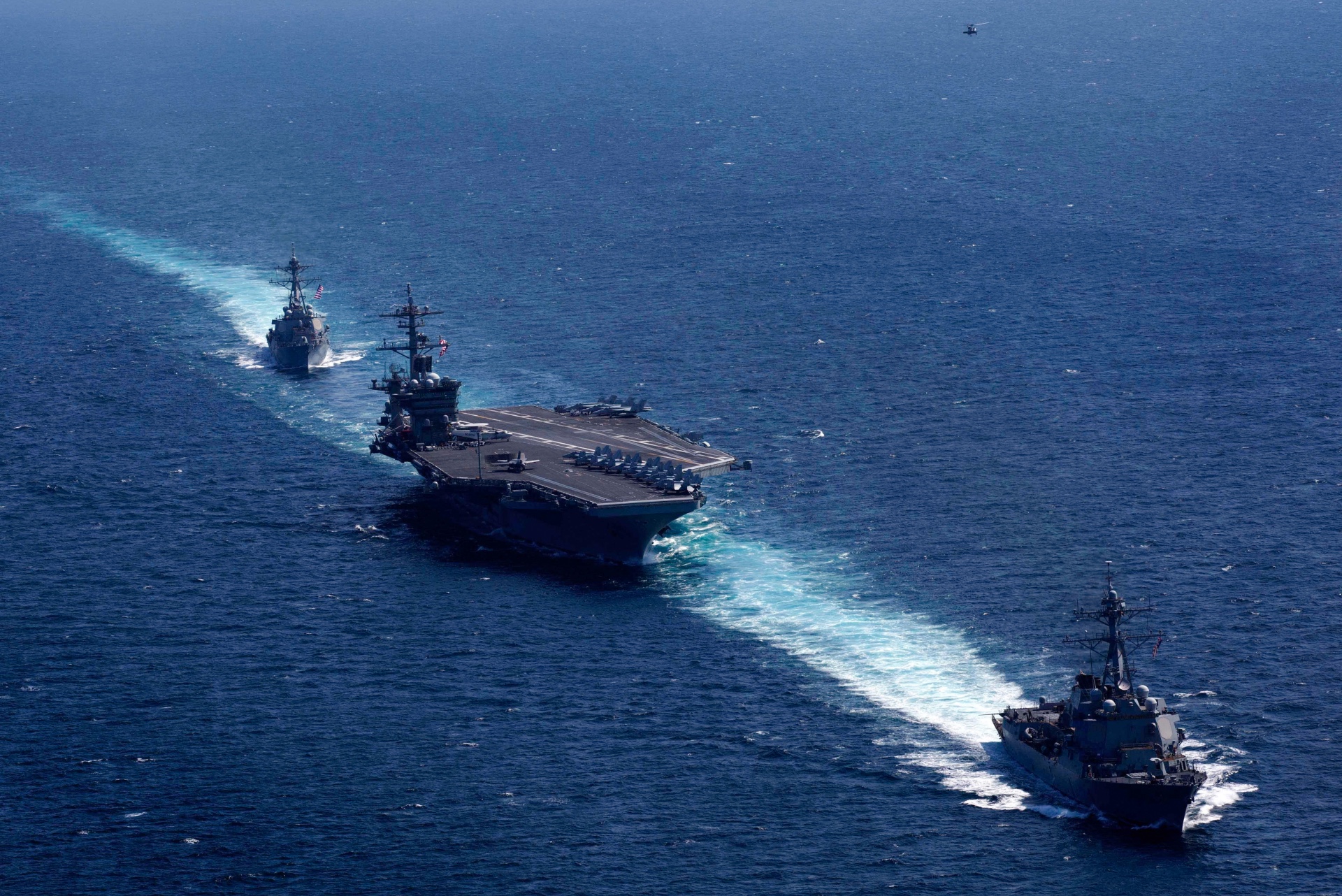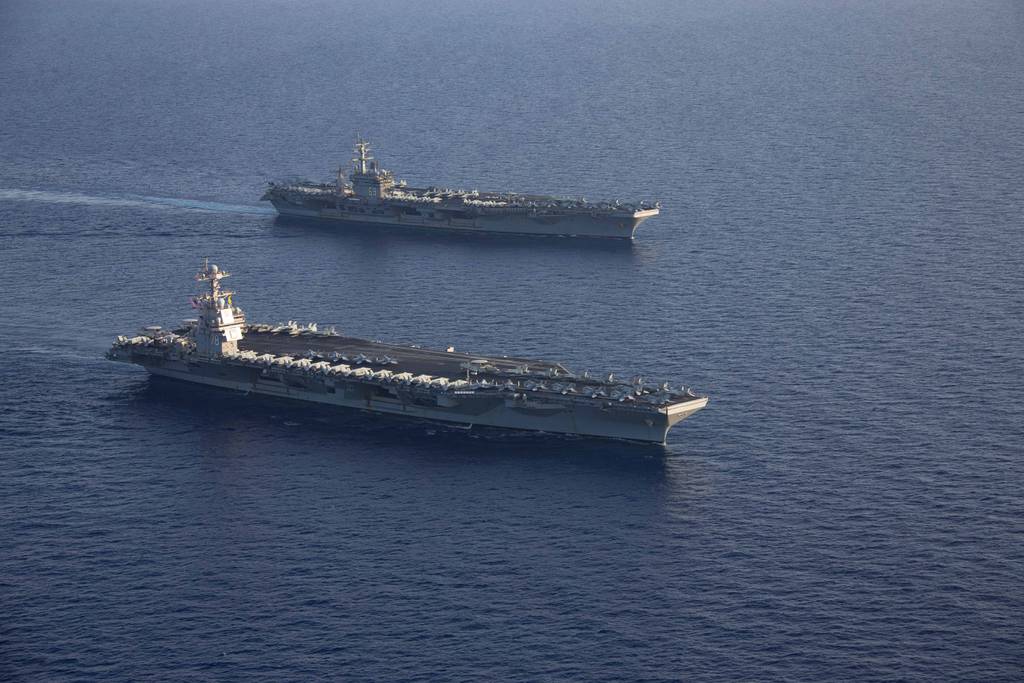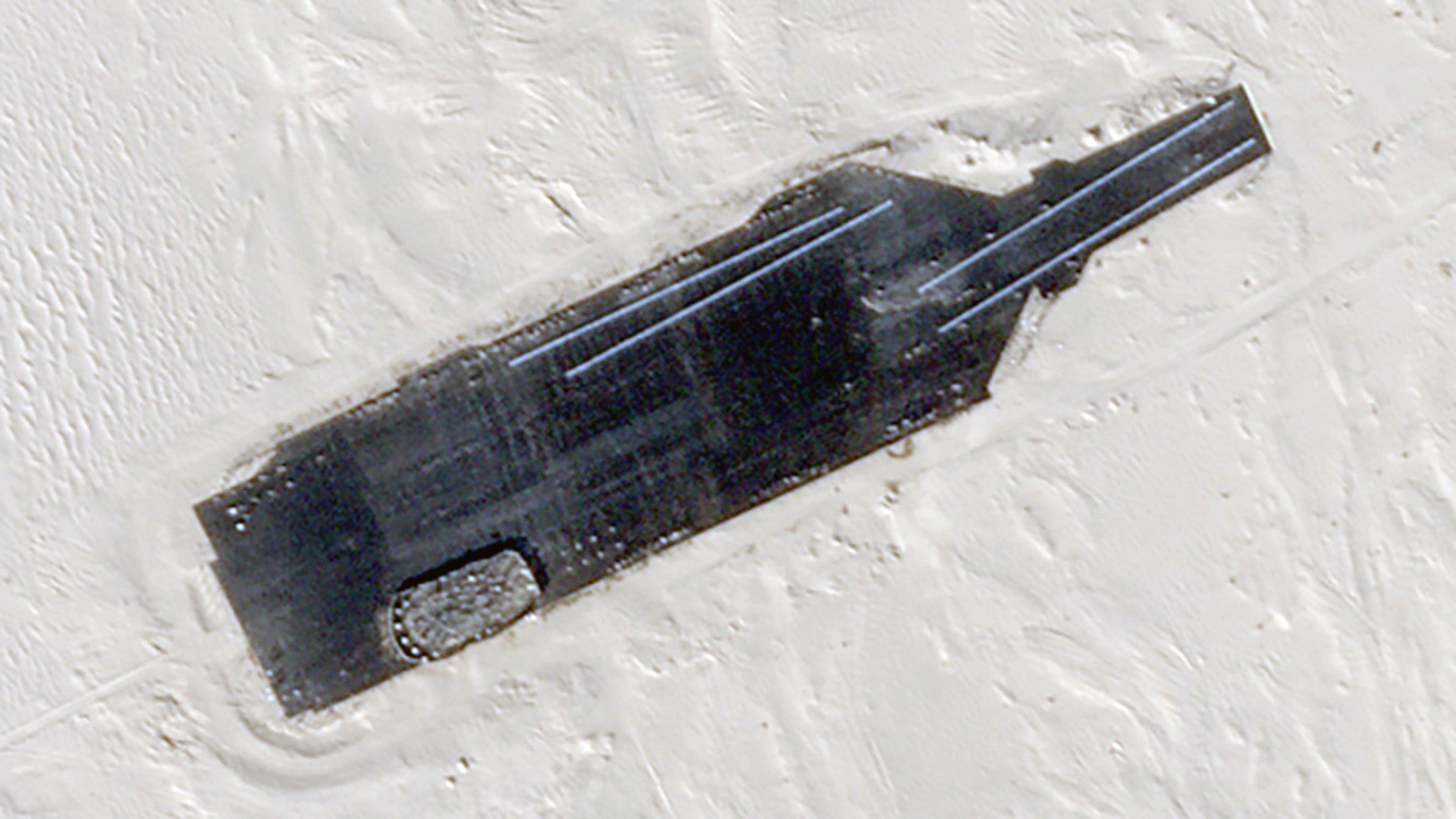The plan to transition to the new Carrier design was never finalized, there were two general options looked at. The first used two carriers, CVNX-1 and CVNX-2. CVNX-1 would have been a repeat of CVN-77 except for having EMALS and the new island design. CVNX-2 would introduce the new hull/new internal layout from the keel up. So X-1 would need changes from -77 to support EMALS, new reactors and the new island, but would leave the new elevators, etc to X-2. The second option would have taken 3 carriers to change. X-1 and X-2 would have the new reactor in the old hull, X-1 would have steam cats and X-2 would have EMALS along with the new island (so essentially X-1 from above), and X-3 would be the fully new design. There's arguments for and against both approaches, and there's a lot of details not covered by that little overview.
The best way to reduce the EMALS, elevator, and AAG problems was to have them in testing on land a lot sooner. Land testing can't match the shipboard environment well enough to eliminate issues, but it can help a lot if done properly. Land testing of EMALS didn't start until the first ship was already 18 months into construction, and it wasn't testing a configuration matching the shipboard hardware until after CVN-78 was already in the water. That's a great recipe for finding out how badly you messed up, rather than catching problems before they start.



